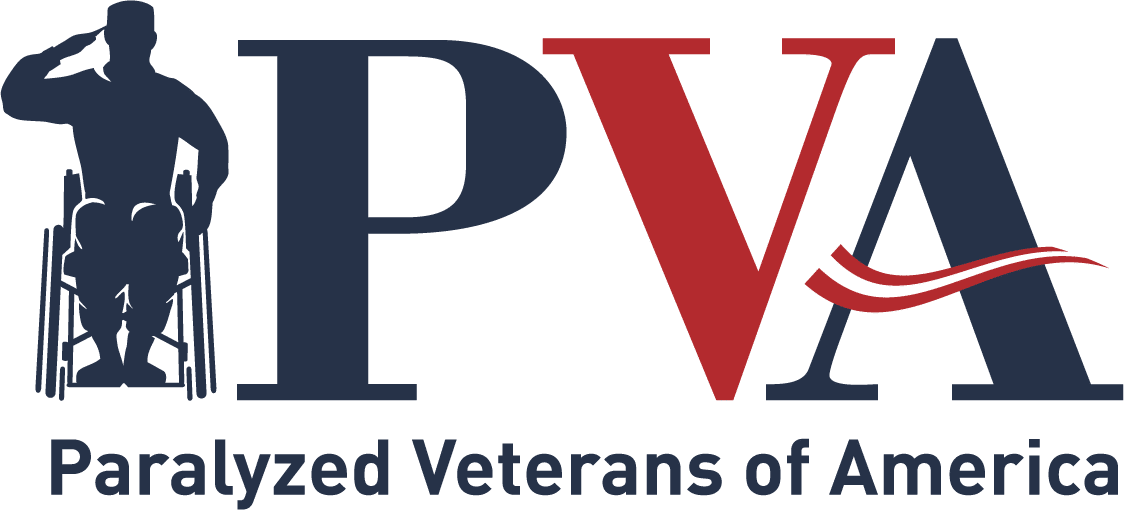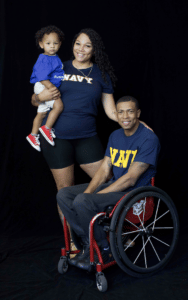DC VA Director Fire-Rehire Tests New VA Accountability Law
Posted By PVA Admin on August 11, 2017The phone rings after my call is transferred by the executive assistant to the hospital director’s direct line.
The director picks up: “Hello.”
I speak: “Hello, Mr. Hawkins. I’m hoping to get your help with a problem that I’m having with the DC Prosthetic Office. I had a wheelchair ordered over seven months ago, and apparently the order isn’t even in the system now. I’m not sure what to do at this point. The casters on the chair I have now are broken, and I’m worried they’ll give out any day now.”
Pregnant pause.
Director speaks: “How did you get this phone number?”
This was part of my first exchange with Washington DC VA Medical Center Director Brian Hawkins several years ago. He had no way of knowing that I was a senior executive at a major veteran service organization. Or that I was a member of the federal advisory committee on the prosthetics and special disabilities. Or that I was a retired Marine officer with 12 years of honorable service prior to suffering catastrophic injury. Nor should any of that have mattered. I was a veteran who had reached out to him for help, hoping the buck stopped with him as the ostensible leader of the VA facility that sits just a little over 3 miles from what’s arguably the epicenter of the globe, the White House, in our Nation’s capital. But, all he wanted to know was how I got his direct line.
So when I heard that Hawkins was fired from his position, it came to me as no surprise. In fact, the only surprise, if any, was that it took so long, knowing what I knew about him and the problems that I’d witnessed firsthand at the facility. That said, it is worth mentioning that I’d received great care and support from a few clinicians and administrators at the facility despite the leadership vacuum. Still, the Washington Post reported that an inspector general investigation revealed “a hospital where patients were endangered by rampant organizational and managerial dysfunction” and that Hawkins himself mishandled confidential information. His dismissal in July 2017 represented the first step toward fixing VA since the Accountability and Whistleblower Protection Act passed Congress by wide margins with strong bipartisan support.
It only took a couple weeks, however, to realize that the new law may have led us to a cul-de-sac of nothing in terms of accountability. The U.S. Merit Systems Protection Board issued a decision that ordered a stay of 45 days on Hawkins’s firing, finding that his dismissal may have violated civil-service protections for federal workers. The U.S. Office of Special Counsel, which is responsible for protecting federal workers from improper hiring and firing practices, requested the stay after Hawkins filed a wrongful termination complaint and subsequently ordered VA to reinstate him.
This development has resulted in essentially what will be a showdown between the new accountability standards and the status quo, where poor performing employees enjoyed procedural safe havens for far too long. Under the new law, the VA secretary holds greater authority to expedite the demotion, suspension or removal of VA employees based on bad performance or wrongdoing. Senior department executives are no longer allowed to appeal to the Merit Systems Protection Board, and front-line employees can no longer rely on a protracted adjudication process that keeps them on the payroll during the appeals process. In the case of Hawkins, however, we will see whether the law was essentially signed by President Trump with disappearing ink.
To his credit, VA Secretary David Shulkin has expressed a commitment to breaking the status quo and testing the strength of the new law by exploring other ways to fire Hawkins. For the sake of the 98,000+ veterans who rely on care at the Washington DC VA medical center and its 2,000+ employees, let’s hope accountability will win the cultural battle for once in the VA.
Sherman Gillums Jr. is a retired U.S. Marine officer who suffered a spinal cord injury in 2002 while serving on active duty. His career with Paralyzed Veterans of America started in 2004 after he completed rehabilitation at the San Diego VA Spinal Cord Injury & Disease Center. He is an alum of University of San Diego and Harvard Business School.

